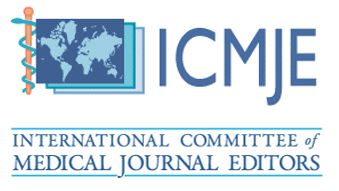Immediate Implant Placement and Double Layer Socket Preservation Associated with Mix of Xenograft and Particulate Autogenous Bone Graft: A Case Report
Alveolar preservation after tooth extraction is still one of the most important subjects in dentistry, due to the interest in future rehabilitations with or without implant-supported rehabilitation of missing elements. The present paper reports a of case of failing right upper first bicuspid and immediate placement of dental implant, associated with graft and double layer membrane/barrier for the alveolar architecture maintenance. After tomographic analysis, it was chosen, in consensus with the patient, the removal of the failing tooth and immediate implantation and reconstruction with xenograft associated with autologous particulated graft. The use of xenograft associated with autologous bone promote both osseconduction and osseoinduction, potentializing the neobone formation. The use of this graft mix under type III collagen membrane and dense polytetrafluoroethylene (d-PTFE) barrier, guarantee that inside the fresh alveolus will form a great quantity of bone. Following the results of studies and research on the subject of preservation of the alveolar ridge by the use of a double membrane, it is concluded that when this technique is applied, there is greater preservation of the alveolar bone ridge and maintenance of the bone volume, important factors for good peri-implant health and greater survival of the immediate implant.
Keywords: Ridge preservation; double layer; collagen membrane; d-PTFE; Immediate implants.
Citation: BezerraGM, Freitas BS, Ferreira LA, Martins SCR, Mariano JR and Lima Sousa LLL . “Immediate Implant Placement and Double Layer Socket Preservation Associated with Mix of Xenograft and Particulate Autogenous Bone Graft: A Case Report”. SVOA Dentistry 2:4 (2021) Pages 131-138.











